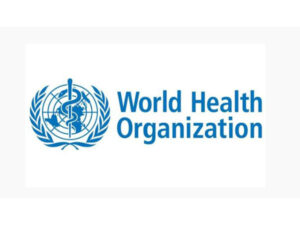Land area where young adults can’t cope with rising heat could become three-fold, study finds
New Delhi, Feb 5 (PTI) Under continued global warming, the extent of land where healthy, young adults find it hard to adapt to rising heat could triple, according to a study.
The findings, published in Nature Reviews Earth and Environment, state that South Asia is among the regions most at risk. Researchers, led by those at King’s College London, also warned that the area of land where older adults will be at risk could increase to about 35 percent.
Elderly people, aged 60 years and above, are more vulnerable to extreme heat due to age-related changes in their bodies, including reduced sweating and slower blood circulation.
The findings “show the potentially deadly consequences if global warming reaches 2 degrees Celsius,” said lead author Tom Matthews, a senior lecturer in environmental geography at King’s College London.
“Unsurvivable heat thresholds, which so far have only been exceeded briefly for older adults in the hottest regions on Earth, are likely to emerge even for younger adults,” Matthews said.
The team reviewed previously published studies and found that “heat mortality events expected every 100 years in the climate of the year 2000 could generally be anticipated every few years if warming reached 2 degrees Celsius above pre-industrial levels.”
For the same rise in global temperature, the analysis suggested “an approximate tripling of the land area” — increasing to over 6 per cent — where the core body temperature of young adults rises uncontrollably in response. The researchers termed this “uncompensable heat.”
“In such conditions, prolonged outdoor exposure — even for those in the shade, subject to a strong breeze, and well hydrated — would be expected to cause lethal heatstroke. It represents a step-change in heat-mortality risk,” Matthews said.
Between 1994 and 2023, human tolerances for temperature and humidity– beyond which the body cannot cope — were found to have been breached in about 2 per cent of the world’s land for adults aged under 60.
However, for older adults, over a fifth of the world’s land breached this threshold, the researchers found.
The team also projected that for an even higher warming of 4 to 5 degrees Celsius above pre-industrial levels, older adults could experience “uncompensable” heat across 60 per cent of the planet’s surface during extreme events.
At this level of warming, unsurvivable heat — where the body’s core temperature increases to 42 degrees Celsius within six hours — would also begin to emerge as a threat to younger adults in the hottest sub-tropical regions, the authors said.
They added that people in Saharan Africa and South Asia are most at risk, with these regions being more likely to cross the critical uncompensable and unsurvivable thresholds.






